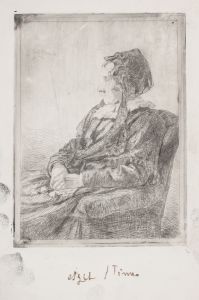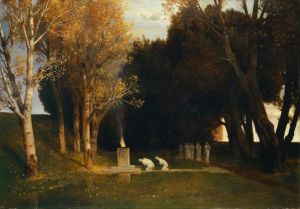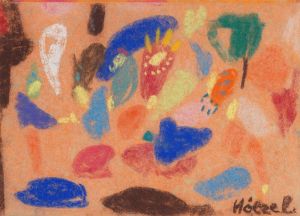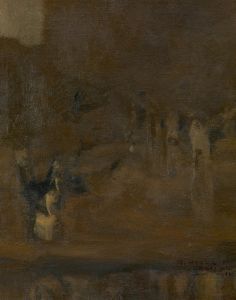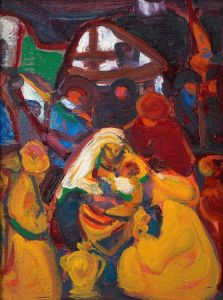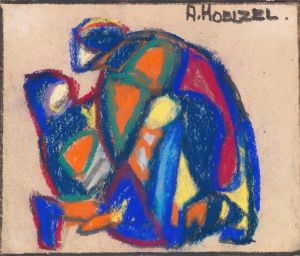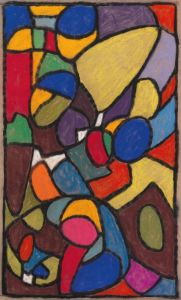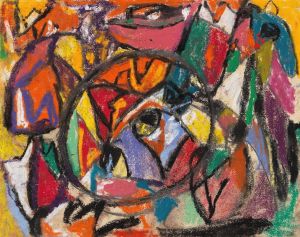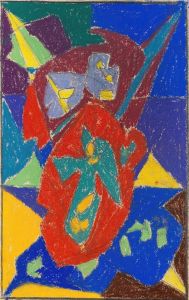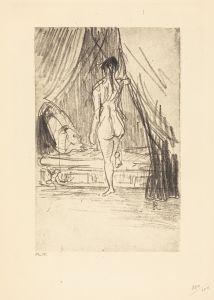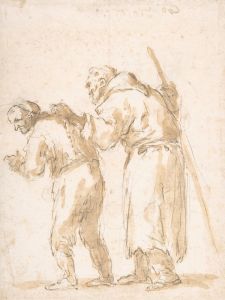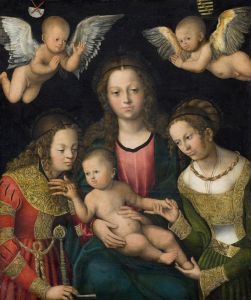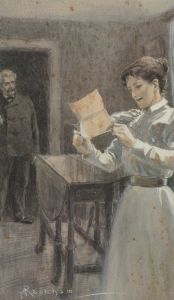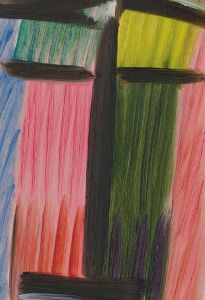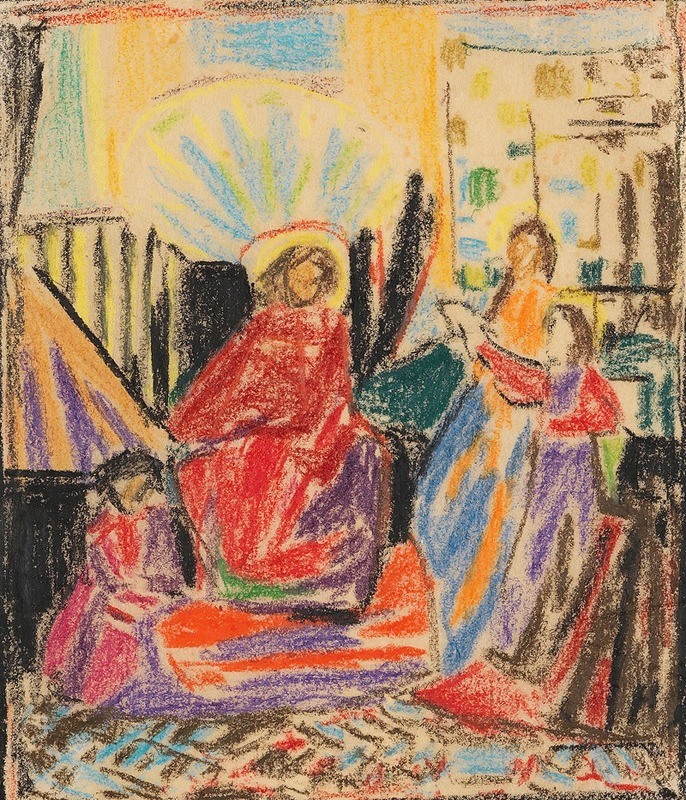
Religiöses Motiv
A hand-painted replica of Adolf Hölzel’s masterpiece Religiöses Motiv, meticulously crafted by professional artists to capture the true essence of the original. Each piece is created with museum-quality canvas and rare mineral pigments, carefully painted by experienced artists with delicate brushstrokes and rich, layered colors to perfectly recreate the texture of the original artwork. Unlike machine-printed reproductions, this hand-painted version brings the painting to life, infused with the artist’s emotions and skill in every stroke. Whether for personal collection or home decoration, it instantly elevates the artistic atmosphere of any space.
Adolf Hölzel's painting Religiöses Motiv (Religious Motif) is a work by the German painter and art theorist, who is regarded as a pioneer of modern abstract art. Hölzel, born in 1853 in Olmütz (now Olomouc, Czech Republic), was a significant figure in the transition from representational to abstract art in the late 19th and early 20th centuries. His contributions to art theory and his role as a teacher influenced many artists of his time, including members of the Bauhaus movement.
Religiöses Motiv reflects Hölzel's interest in spiritual themes and his exploration of color and form as central elements of artistic expression. While specific details about the painting's creation date or its exact subject matter are not widely documented, the title suggests a focus on religious or spiritual symbolism, a recurring theme in Hölzel's body of work. His approach to such motifs often moved beyond literal representation, emphasizing the emotional and spiritual resonance of abstract forms and colors.
Hölzel was a proponent of the idea that art should transcend mere depiction and evoke deeper, universal truths. This philosophy is evident in Religiöses Motiv, where the interplay of shapes and hues likely serves to convey a sense of the divine or the transcendent. His work during this period often incorporated elements of Symbolism and early abstraction, aligning with broader trends in European art at the time.
As a professor at the Stuttgart Academy of Fine Arts, Hölzel influenced a generation of artists, including Oskar Schlemmer and Johannes Itten. His theoretical writings and teachings emphasized the importance of composition, color harmony, and the spiritual dimension of art. These principles are reflected in his paintings, including Religiöses Motiv, which exemplify his innovative approach to integrating form and meaning.
The painting is part of Hölzel's broader oeuvre, which includes both figurative and abstract works. While specific exhibitions or collections housing Religiöses Motiv are not widely noted in available sources, Hölzel's works are held in various museums and private collections, particularly in Germany. His legacy as an artist and educator continues to be recognized for its impact on the development of modern art.
Further research into primary sources or exhibition records may provide additional context about Religiöses Motiv. However, based on the information currently available, the painting stands as a testament to Hölzel's innovative approach to art and his exploration of the spiritual potential of abstraction.





